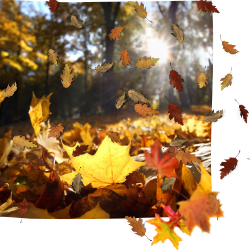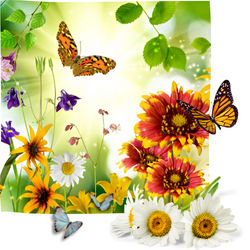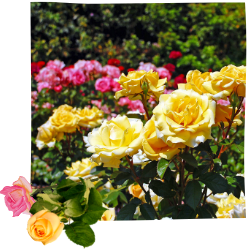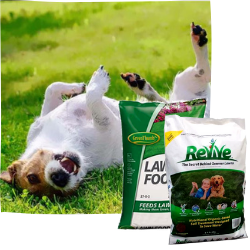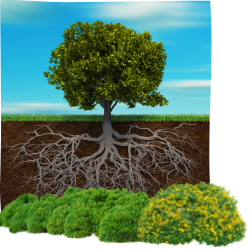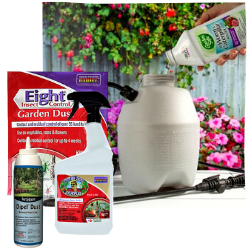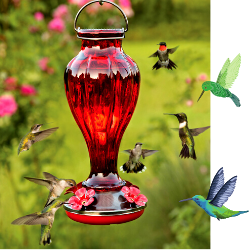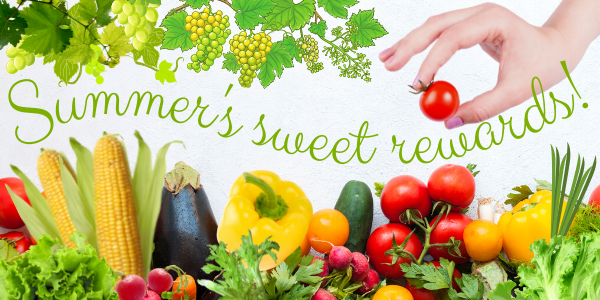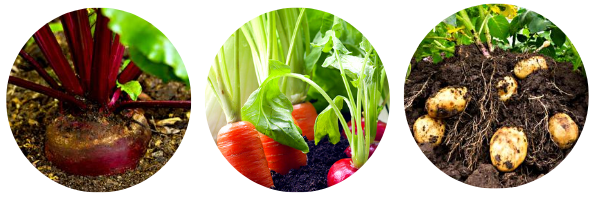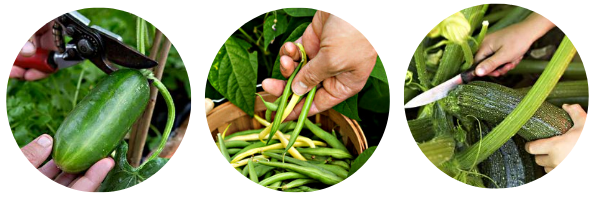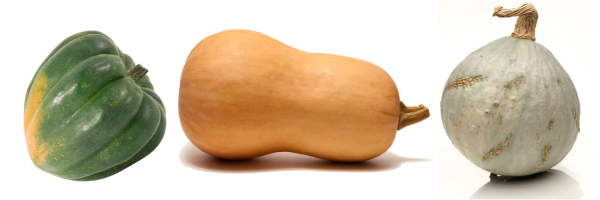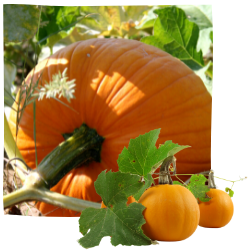
With the summer harvest season in full swing, the last thing you may be thinking about is planting more vegetables. But why give up popping out the back door to harvest fresh veggies just because summer is drawing to a close? Smart gardeners know that late summer is the ideal time to plant another round of crisp, fresh, cool-season veggies to extend the harvest just a little longer.
Late summer is prime time for sowing seeds! The soil is still warm from summer temperatures, so seeds germinate more easily. By the time seedlings are up and growing, the air temperatures will have begun to cool as autumn weather settles in. Warm soil & cool air —you couldn’t ask for better growing conditions!
Autumn gardening offers a few advantages over spring & summer as well. Spring planting problems (like bolting because of heat and pesky garden pests) aren’t an issue in the autumn. Even though frost is a necessary consideration, some vegetables are even sweeter after a light frost. So if you’re thinking of squeezing in a little more gardening before the season truly ends, grab your favorite cool-season veggie seeds and a calendar, and get sowing!
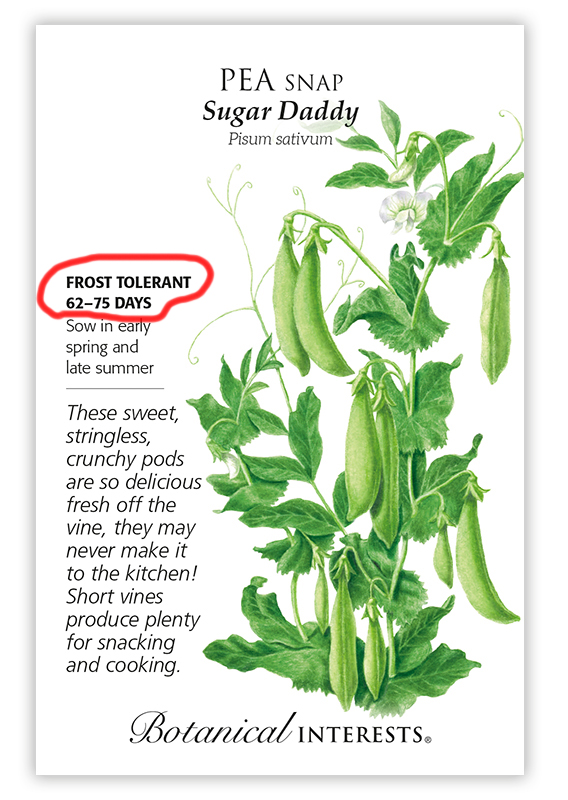
Successfully extending the vegetable season depends on a little careful planning. Begin by learning the average date of the first autumn frost in your area. Once you know this, consult the seed packet to find the days to maturity for each particular crop. For the peas in the seed packet to the left, it will be 62-75 days from sowing seed to mature peas. Armed with this information, count backwards on the calendar to find the date you should sow the seed. Simple!
TIP: You may want to pad your planting estimates with an extra couple of weeks. As the days grow shorter, there will be less sunlight for growing, and daytime temperatures will also be cooler. What may have grown quickly in the warming soil and lengthening days of spring, may take just a little longer in the autumn.
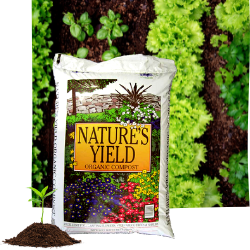
As you remove fading summer vegetable crops from your garden, it’s easy to plug in a frost-tolerant, cool-season crop in its place. Begin by adding a soil amendment to replenish essential micro-organisms, provide nutrients, and improve the overall condition of the soil. It takes healthy soil to grow healthy plants!
Lastly, be prepared for those early autumn frosts! Though there are a number of frost-tolerant crops that will laugh at a light frost, sometimes Mother Nature does something unexpected! It’s wise to be ready to give your plants an extra bit of help if necessary. Make sure to keep frost cloths & blankets, fleece tunnels & jackets, etc. at hand and ready to go on short notice. Keep a close eye on weather forecasts and forecasted overnight low temps. Protect your plants, and they’ll be able to keep right on growing in the Indian Summer that inevitably follows a first frost event.
Now … what to plant and when? With an average frost date of mid-October for our Zone 5 Colorado gardens, try planting these popular cool-weather loving crops in late August to early September. They are reliable favorites.

Go ahead and enjoy another round of leafy greens like spinach, chard, watercress, kale, and lettuces. Peas are another favorite for the autumn garden.
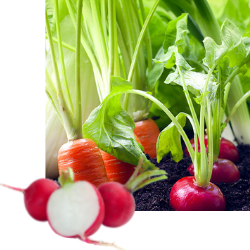
Root vegetables like carrots, beets, turnips, and radishes are popular choices that also do well in cool-season Colorado gardens.

Broccoli, cauliflower, cabbage, and kohlrabi will enjoy sunny days and cool nights in the autumn garden. They can all tolerate a light frost.
Autumn gardening can be rewarding and fun as long as you’re knowledgeable and prepared. Why not get just one more vegetable harvest in before winter arrives? Those late-season veggies will taste mighty good in soups & stews come January!
